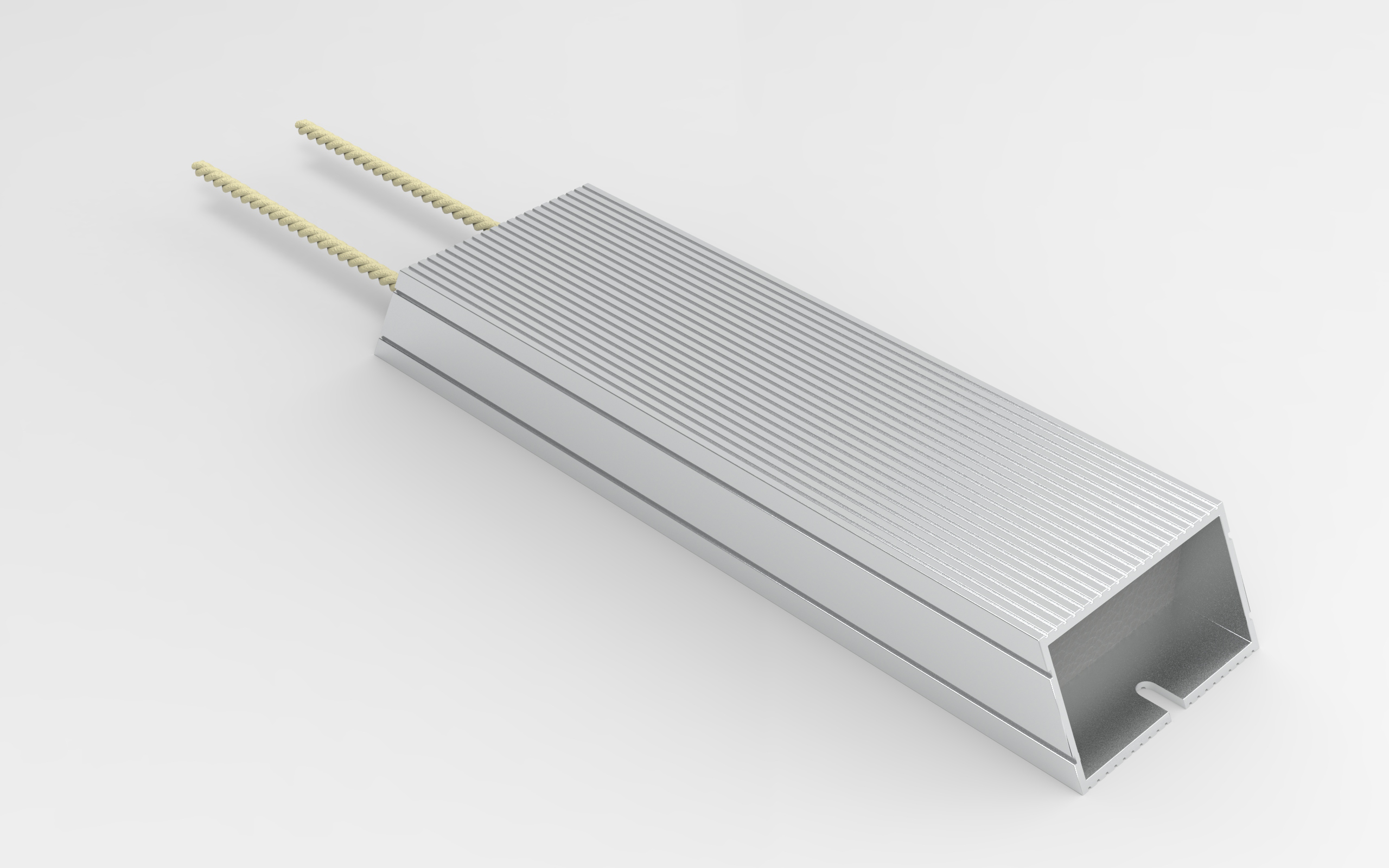Position:Home » Technical Articles
What is a wire-wound resistor?
Writer:Microhm Page View:Date:2019-05-09
Wire wound resistors are the oldest type of resistors that are still manufactured today. They can be produced very accurate, and have excellent properties for low resistance values and high power ratings.
A wire wound resistor is a resistor where a wire with a high resistivity is wrapped around an insulating core to provide the resistance. A wire wound resistor is an electrical passive component that limits current. The resistive element exists out of an insulated metallic wire that is winded around a core of non-conductive material. The wire material has a high resistivity, and is usually made of an alloy such as Nickel-chromium or a copper-nickel-manganese alloy called Manganin. Common core materials include ceramic, plastic and glass.

Wire wound resistor construction varies widely. The technology and materials choice lie on the way the resistor applied to a circuit. Wire wound resistors are mainly produced for lower resistance values. For low power ratings, very thin wire is used. The handling of the wire is for this matter critical.

Any damage may sever contact. After winding the wire is well protected from access of moisture to prevent electrolytic corrosion. Next to precision, there are also wire wound resistors with high power rating for 50W or more. These resistors have a quite different construction. Compared to other resistor types as the metal film, the wire diameter is relatively big and therefore more robust.
A wire wound resistor is a resistor where a wire with a high resistivity is wrapped around an insulating core to provide the resistance. A wire wound resistor is an electrical passive component that limits current. The resistive element exists out of an insulated metallic wire that is winded around a core of non-conductive material. The wire material has a high resistivity, and is usually made of an alloy such as Nickel-chromium or a copper-nickel-manganese alloy called Manganin. Common core materials include ceramic, plastic and glass.

Wire wound resistor construction varies widely. The technology and materials choice lie on the way the resistor applied to a circuit. Wire wound resistors are mainly produced for lower resistance values. For low power ratings, very thin wire is used. The handling of the wire is for this matter critical.

Any damage may sever contact. After winding the wire is well protected from access of moisture to prevent electrolytic corrosion. Next to precision, there are also wire wound resistors with high power rating for 50W or more. These resistors have a quite different construction. Compared to other resistor types as the metal film, the wire diameter is relatively big and therefore more robust.
Keywords:Wire wound r
Latest News
- Resistor's role in measuring and correcting LED,,,
- Single through-hole resistors' characteristics ,,,
- Why shunt resistors for current sense applicati,,,
- Metal-film resistors with small size, high resi,,,
- 36W High-Current Shunt Resistors MMS8420,,,
- 1W Surface Mount Resistor MPR1206,,,
- An Overview of Microhm Electronics' Resistor Pr,,,
- More anti-sulfur resistors used in harsh envir,,,
- Resistance changes with temperature,,,
- 140W TO247 High Power Heatsinkable Resistor,,,
- MMS5930 is ideal for current sensing in industr,,,
- Shunt resistors selection for engineers' design,,,
- Considerations for choosing precision resistors,,,
- Ceramic Encased Cement Resistors NWH Series for,,,
- Resistors for Passive Balancing in Battery-Pow,,,
Hot Articles
- Microhm will take part in 10th Automotive World,,,
- Thanks for Visiting Microhm's Booth E5-5706 in ,,,
- Resistors in Short Supply: Blame Cars,,,
- New lunch: High Power Precision Shunt Resistor,,,,
- How to Test a Resistor,,,
- Innovative Technology, Future Electric: Electri,,,
- What is Precision Resistors?,,,
- SMD Resistors Sizes and Packages,,,
- The Construction and Features of Metal Film Res,,,
- What is a TO-220 Resisor?,,,
- Hot Selling Products: Precision Shunt Resistors,,,
- How to Calculate the Equivalent Resistance Valu,,,
- What is a Fixed Resistor?,,,
- Resistors in LED Circuits,,,
- Resistors Types and Materials Overview,,,
Resistance applications
- Urbanization Development Bringing the Transform,,,
- Miniature future for passive electronic compone,,,
- Shunt Resistor MMS8420 for High Current Stable ,,,
- Industrial Roberts Applied to Solar Photovoltai,,,
- The Main Application for High Precision and Low,,,
- The Measurement Accuracy of Automotive Shunt is,,,
- Difference Between High Precision Resistors and,,,
- Heater Blower Motor Resistor in Air Conditioner,,,
- BMS for New Energy Vehicle,,,
- Surface Mount Resistor's Size and Package ,,,
- Why Zero-Ohm Resistors?,,,
- Precision Resistors' Construction and TCR,,,
- The Four Important Functions of Alloy Resistors,,,
- Carbon Film Resistors' Features and Application,,,
- Select the Right Resistor for Harmonic Filterin,,,
